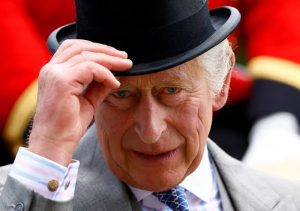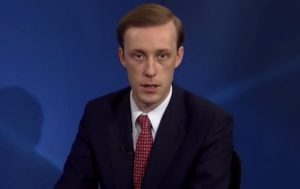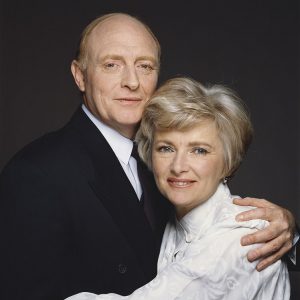Britain and the European Union, which on Thursday announced a post-Brexit trade deal, have had an often troubled history.
On August 9, 1961, Britain formally applies to join what was then called the European Economic Community (EEC).
But France’s president Charles de Gaulle vetoes the application in 1963 and shuts the door again in 1967.
Britain finally enters the EEC on January 1, 1973, at the same time as Ireland and Denmark, after de Gaulle has left office.
In a referendum called by the new Labour government on whether to remain in the EEC on June 5, 1975, more than 67 percent of Britons vote “Yes”.
On November 30, 1979 new Conservative prime minister Margaret Thatcher demands a rebate on Britain’s contribution to the European budget, reportedly saying: “I want my money back.” She gets her way in 1984.
Thatcher gives a speech in the Belgian city of Bruges on September 20, 1988, that becomes a rallying cry among eurosceptics for less European political integration.
Also read: Does Brexit free Europe to seek closer union?
The Maastricht Treaty in 1992 ushers in a new era of political and economic integration. Britain secures an opt-out from some provisions, including joining a planned single currency.
After infighting over Europe in his governing Conservative Party, prime minister John Major survives a confidence vote on July 23, 1993.
In a June 23, 2016 referendum organised after the Conservatives come to power in 2015, Britain votes by 52 percent to 48 percent to quit the EU. Prime minister David Cameron, who had campaigned to remain, resigns.
The following year Cameron’s successor, Theresa May, starts the two-year countdown to Britain leaving the bloc with a formal letter of notice to EU president Donald Tusk.
Britain and the EU reach agreement on a divorce deal in November 2018.
Britain’s lower house of parliament votes against the deal on January 15, 2019, the first of three times it will do so.
Brexit is then delayed twice, until Halloween, October 31.
Leading Brexit campaigner Boris Johnson replaces May as prime minister on July 24, vowing to take Britain out of the EU with or without a deal.
With the clock ticking, on October 17 European Commission president Jean-Claude Juncker and Johnson announce agreement on a new draft Brexit accord.
Also read: EU-UK agree to Brexit deal
The British parliament delays its vote on the text, forcing Johnson to ask Brussels for a new Brexit postponement. It is set for January 31, 2020.
At a snap election on December 12, Johnson’s Conservatives secure a large parliamentary majority, ensuring easy passage for his divorce deal.
On January 31, 2020 Brexit eventually happens.
Crucial talks on future ties and trade with the bloc then start in March, but break deadline after deadline as negotiators try to avert a no-deal Brexit on December 31.
The two sides finally announce a deal on December 24.






